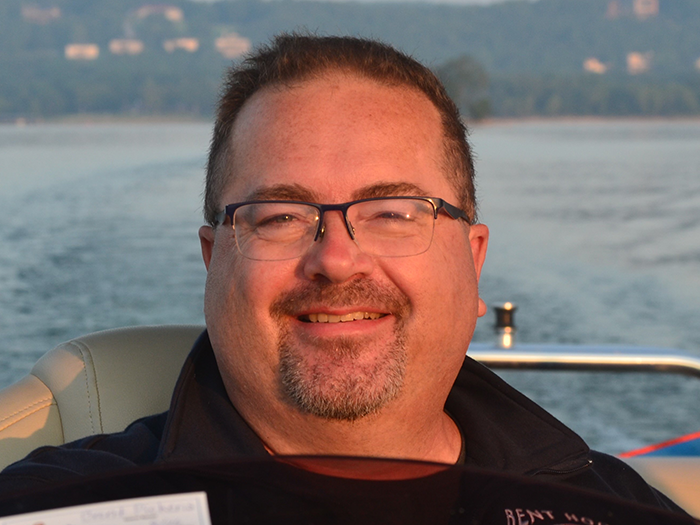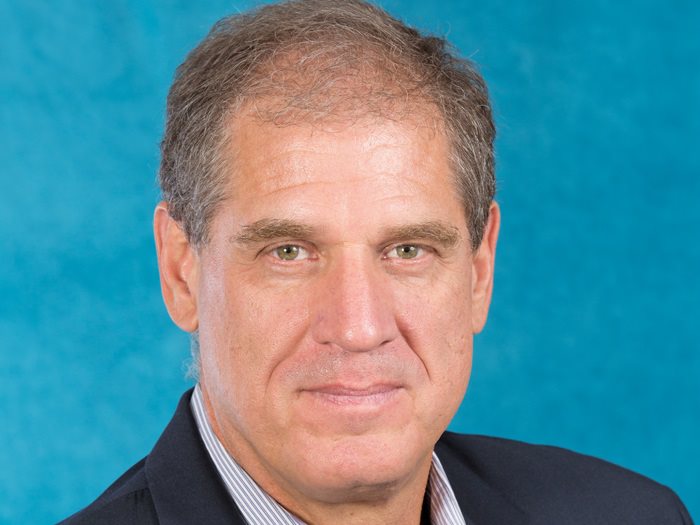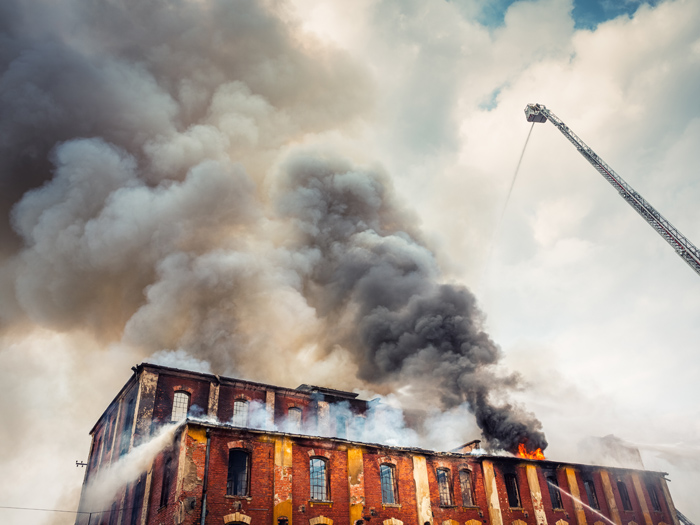7 Crucial Risks Facing High Net Worth Families

High net worth (HNW) individuals and families face many risks due to their complex lifestyles. The wealth they have accumulated makes their property and casualty exposures more complex than the average consumer, and their risks oftentimes rival those of a business in scope.
The frequency and complexity of the risk exposures faced by HNW families and individuals make it necessary to adopt proactive risk prevention strategies, as well as the purchase of insurance protection to make them whole should they suffer a loss.
1) Cyber Crime
The use of technology and social media, the number of connected devices per household and the number of people (staff, advisers) communicating with HNW individuals make them prime targets for cyber crimes.
These crimes include email phishing, ransomware and unauthorized bank transfers. While the insurance industry is starting to offer insurance protection for some of these losses, the best defense is practicing good cyber hygiene.
2) Catastrophic Weather Losses
Hurricanes, flooding and wildfires will continue to impact HNW families since many of them own homes in disaster-prone tropical or mountainous regions.
Traditional risk identification tools such as FEMA flood maps are outdated and do not accurately reflect risk. In recent years, we’ve seen unprecedented flooding in areas that have never or rarely been flooded before. These extreme weather events will continue to impact the HNW.
To prevent losses, families and individuals must work with professionals who can provide more advanced risk identification resources, as well as resources to help prevent or mitigate losses, such as hurricane and wildfire protective services.
3) Collections Management
HNW families and individuals are known to have a passion for collections, such as art, furniture, memorabilia and cars. Many collections are a significant asset class in their financial portfolio and are managed aggressively to increase value, which may mean the collection is on exhibition or on loan to museums and galleries.
This increase in risk exposures requires specialized risk management solutions.
A good example of how specialized risk management solutions comes into play took place after the California mudslides — coverage was afforded for some who had specialized fine art insurance versus traditional homeowners’ coverage where mudslides are not typically covered.
4) Employee-Related Risks
HNW families hire employees who help run their households. These individuals range from nannies, caretakers, captains and crew, to housekeepers and assistants.
Employees bring about risk exposures related to on-the-job injuries and employment practices liability exposures. HNW individuals need to adopt the same stringent hiring practices that a business adopts when hiring and terminating employees.
Practices should include background checks, onboarding protocols, regular performance reviews and the like.
5) Security Risks
Security at home and during travel — including the risks of terrorism and global conflict — also remains a top concern.
Security concerns can range from home security alarms and devices to worldwide travels concerns.
For families with complex risk exposures, consulting with a security expert is recommended. These experts provide a full risk assessment that would minimize any security breach, such as a home invasion, a cyber breach or any other issue that could put the family at risk.
6) Professional Liability
Many HNW individuals hold board positions on for-profit, nonprofit and not-for-profit boards, yet the majority of individuals do not know if they’re protected with professional liability coverage.
If they know coverage is provided, the majority do not know the policy limits or terms and conditions. It is imperative that anyone who holds a board position understands their personal risk exposures and the insurance protection available to them.
7) Ownership of Assets
HNW individuals tend to own assets in the names of trusts, LLC and other legal entities. It is critical that they understand the ownership structures of all assets and that all insurance policies are coordinated to properly cover all necessary policies. &










